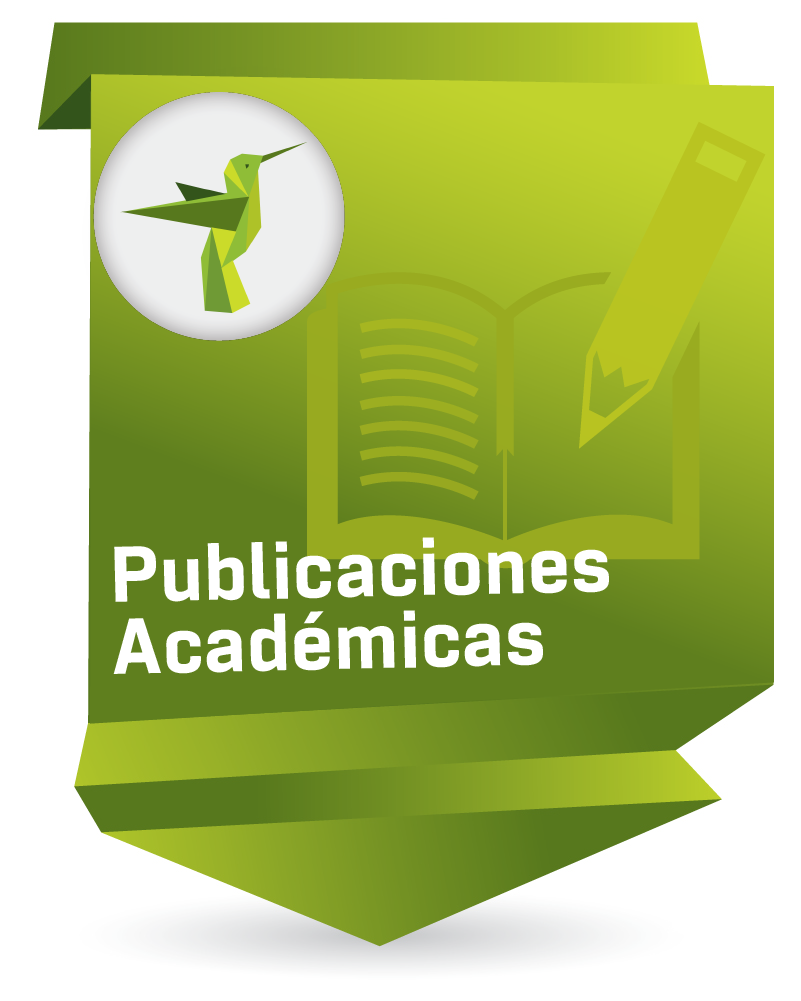De Kant a Fry: del formalismo trascendental al figurativo

Visualizar/
Enlaces del Item
URI: http://hdl.handle.net/10818/28474Visitar enlace: http://pensamientoycultura.uni ...
Visitar enlace: http://pensamientoycultura.uni ...
Visitar enlace: http://pensamientoycultura.uni ...
ISSN: 0123-0999
Compartir
Estadísticas
Ver as estatísticas de usoMétricas
Catalogación bibliográfica
Apresentar o registro completoData
2014Resumo
Este artículo pretende marcar una línea de continuidad entre algunos de los planteamientos de Kant en la Crítica del juicio y la teoría del arte de principios del siglo XX. El arte en este momento está cambiando, y las aproximaciones a las obras de los teóricos anteriores no resuelven plenamente los problemas que se están planteando los artistas. Es necesario, por tanto, buscar nuevas fórmulas que expliquen un arte de tendencia formalista y abstracta, las cuales se encontrarán —entre otras— en las teorías de la Einfühlung y la Sichtbarkeit, que toman algunos presupuestos kantianos —como las nociones de “juego de las facultades”, “belleza libre” y “belleza adherente”— para explicar un formalismo que se aleja cada vez más del contenidismo idealista. This article creates a line of continuity from the proposals in Kant's Critique of Judgement to the theory of art developed in the beginning of the twentieth century. Art creativity has exploded, art practice is changing so fast that theoretical thought is incapable of dealing with such a challenge. It is then peremptory to seek an explanation of the new formalistic and abstract trend in art found in the concepts of Einfühlung or Sichbarkeit, which take on some Kantian ideas such as "game of faculties", "free beauty" or even "adherent beauty", a starting point in showing a formalism which inevitably turns its back on idealism.
Palabras clave
Ubicación
Pensamiento y Cultura Vol. 17, No. 2 (2014) p. 29-46
DOI: 10.5294/pecu.2014.17.2.2
Lugar
Colombia












![[File]](/themes/unisabana//images/mimes/mime.png) Portada Pensamiento y ... (61.77Kb)
Portada Pensamiento y ... (61.77Kb)




